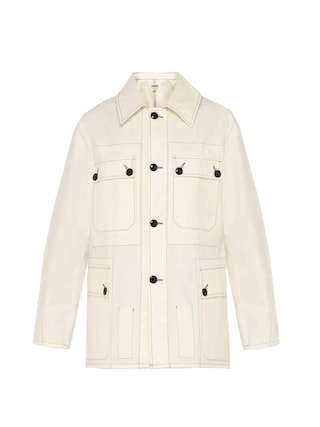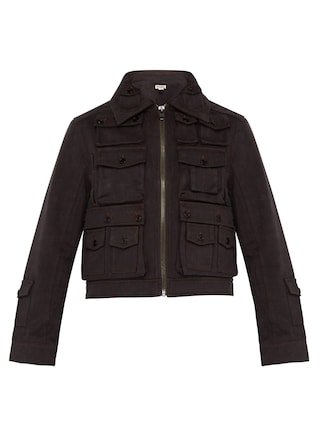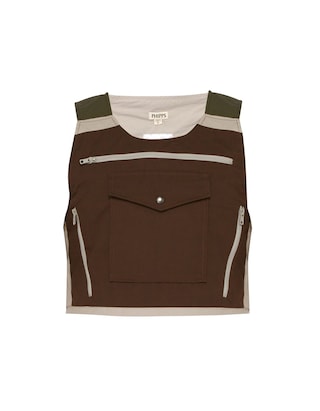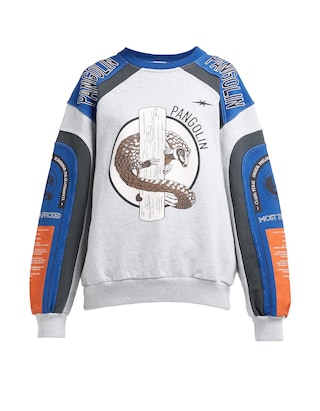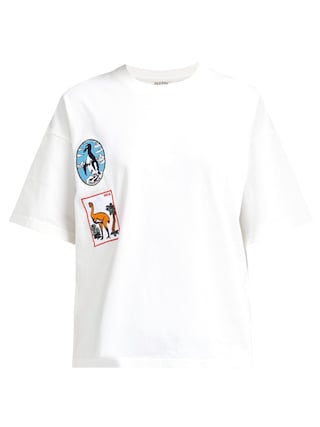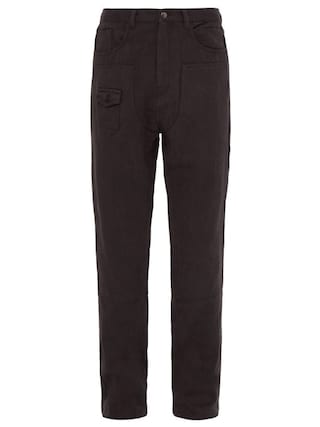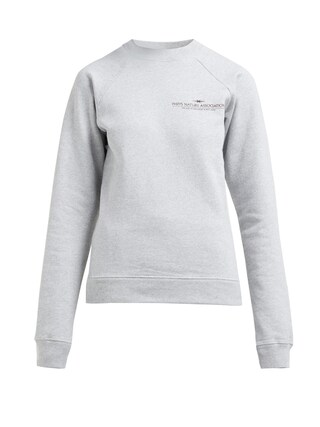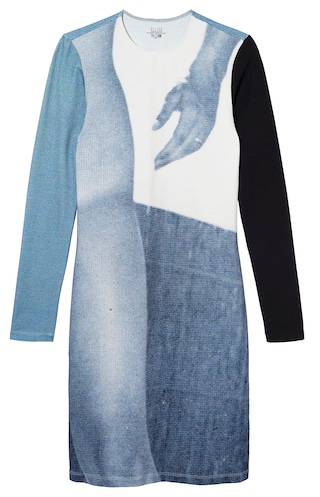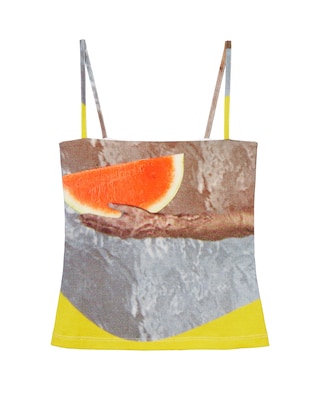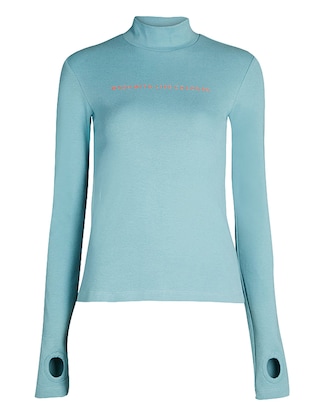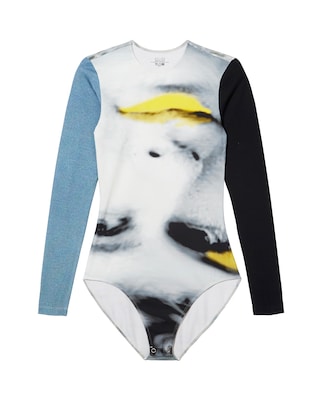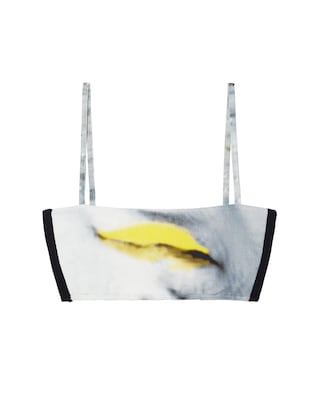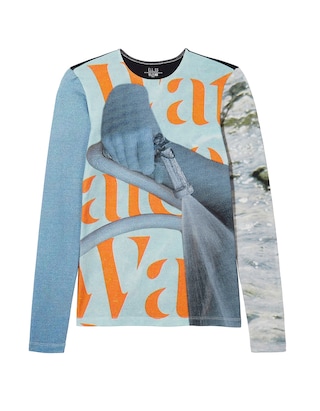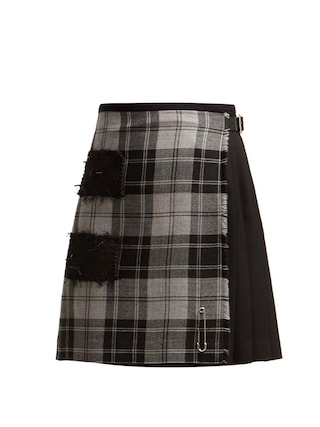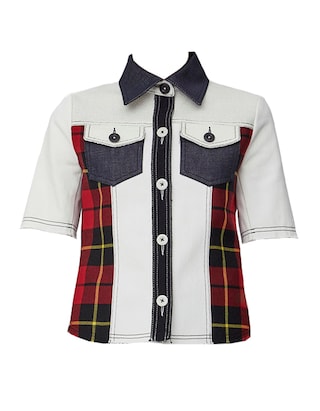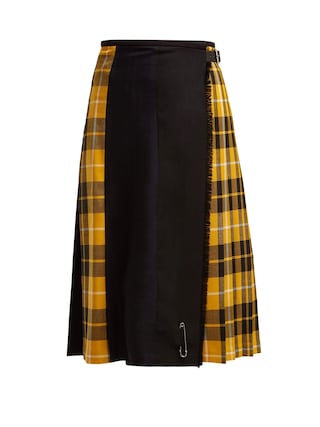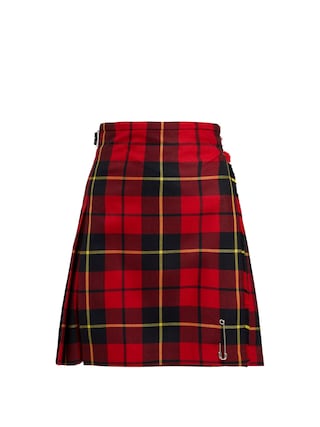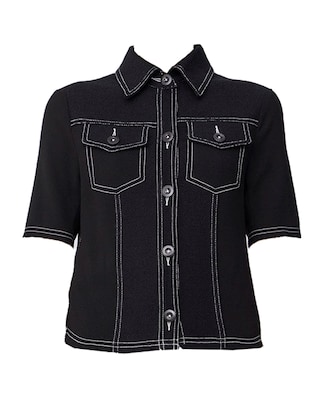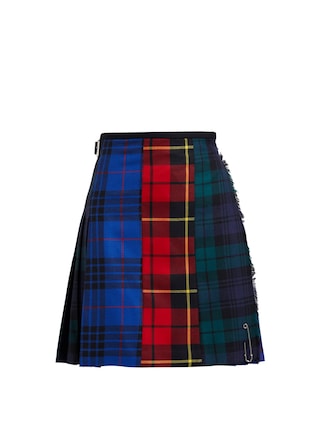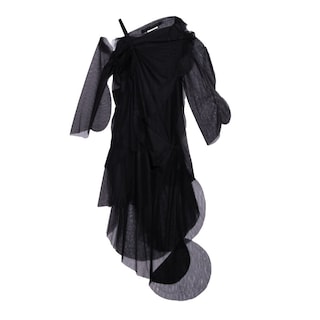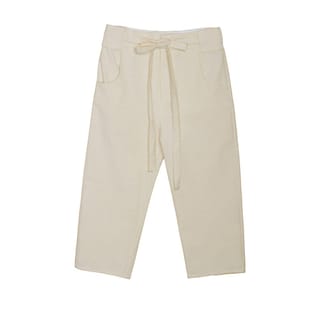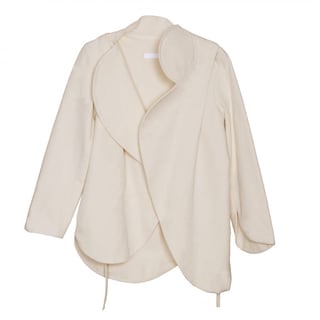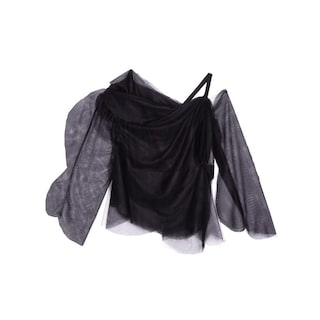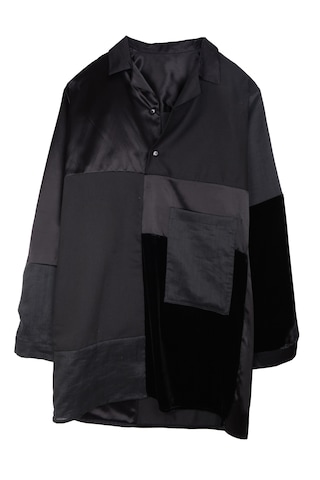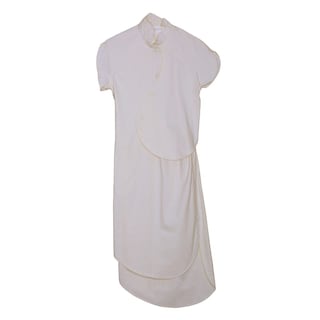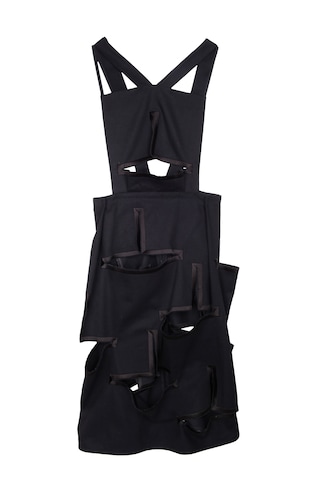Buy less, and buy better: eight designers making sustainable – and covetable – clothes
As we’ve already argued, 2019 is poised to be a watershed year for fashion and sustainability More and more designers – particularly those belonging to the younger generation – are finding new ways to ensure their clothes are produced as environmentally and ethically consciously as possible. You only need to look to the runway for evidence: this week, Richard Malone upcycled dog beds for his A/W19 collection, while Phoebe English debuted coats fashioned from reclaimed cotton and tulle (which took days to make).
Marine Serre
Paris-based Marine Serre established her label after winning the prestigious LVMH Prize in 2017 – since then her utilitarian, politically minded clothing has seen her become one of the most talked about labels on the Paris Fashion Week schedule. While her signature crescent moon print – on tops, balaclavas and leotards – has become ubiquitous at fashion week, what’s truly special about Serre is her commitment to sustainability. Upcycling was a recurring theme in both her A/W18 and S/S19 collections, when she presented a series of panelled dresses, jackets and evening gowns made of discarded scarves, T-shirts and printed blankets.
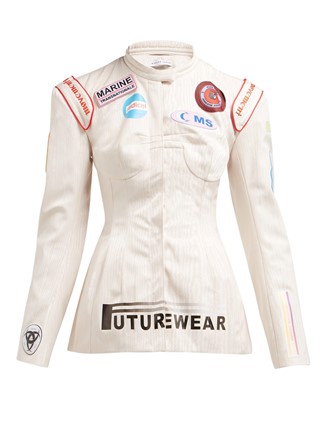
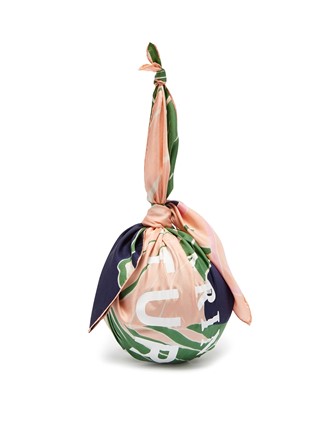
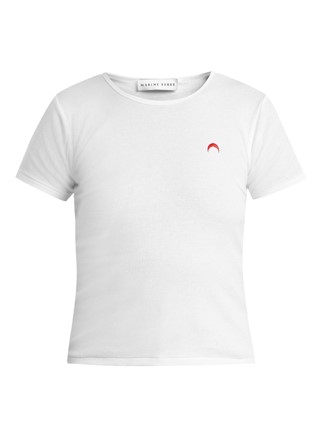


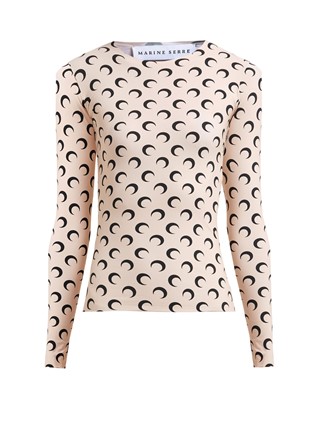
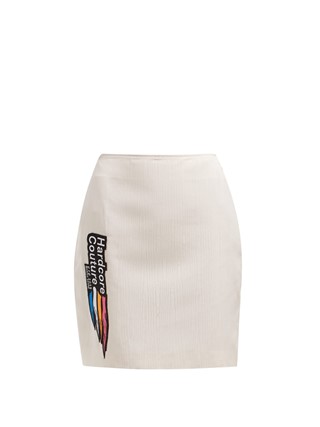
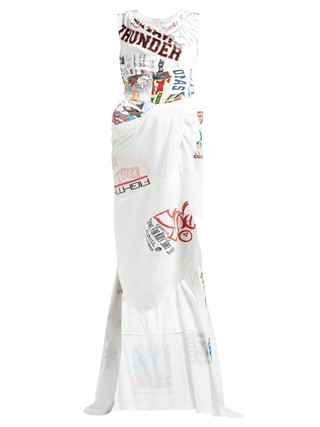
Wright Le Chapelain
Founded by Central Saint Martins alumni and design duo Imogen Wright and Vincent Le Chapelain, Wright Le Chapelain aims to subvert the corporate uniform with their off-beat take on wardrobe staples. Making sure things are manufactured locally is a key priority for the pair – as is being able to trace where their fabrics have come from. “We try to source clothes and fabrics that are local to us as much as possible,” Le Chapelain told AnOther in a recent interview. “We even know where the yarn and wool is from, and how it is dyed and woven.”
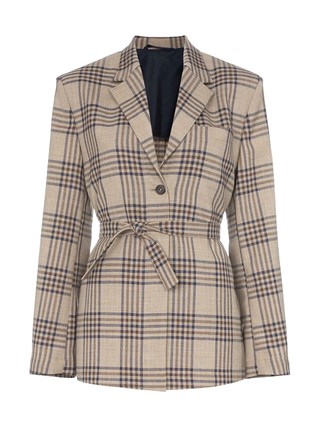
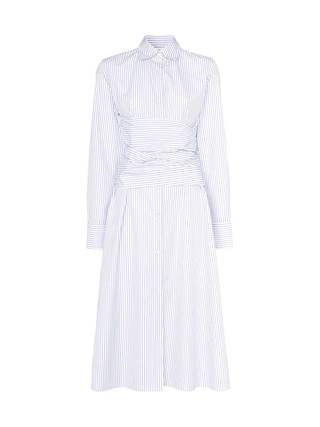
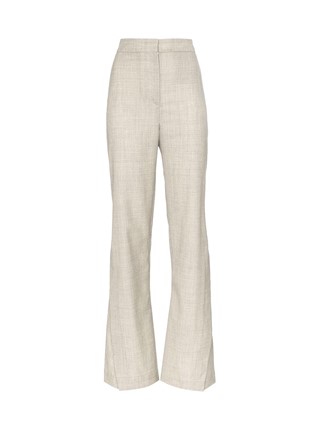
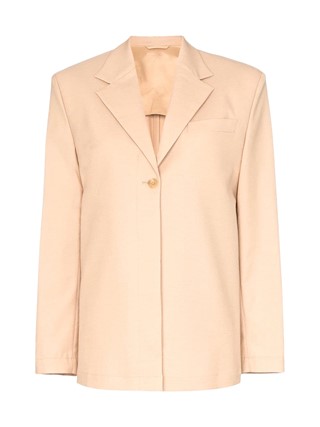
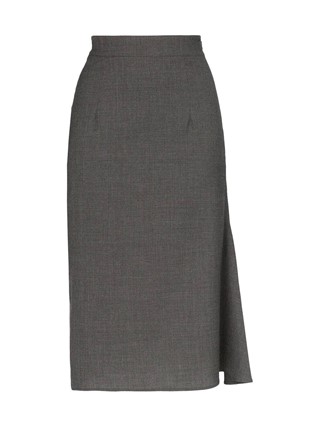
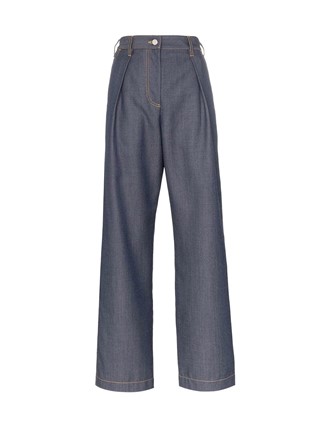
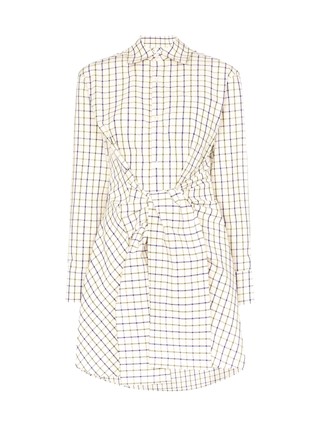
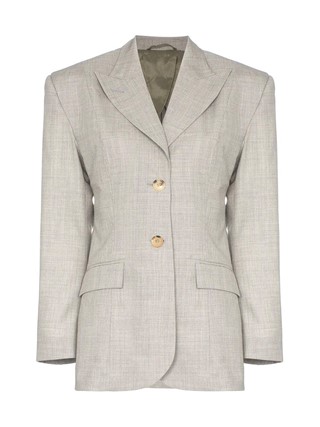
GmbH
Berlin-based label GmbH was established in 2016 by Serhat Isik and Benjamin Alexander Huseby (and their diverse community of collaborators), drawing inspiration from the city’s dancefloors and infamous nightlife. With a background in fashion design and photography respectively, both designers’ devotion to sustainability comes by way of jerseys, PVC trousers and leather jackets made of deadstock materials – like vintage Helly Hansen jackets, which the designers used throughout their A/W17 collection – sourced from a factory in Milan.
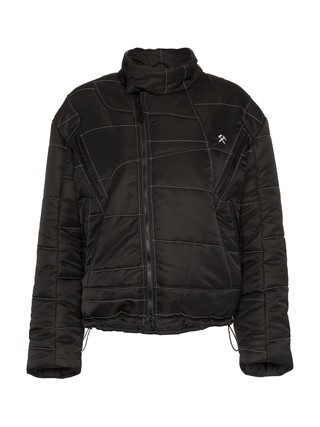
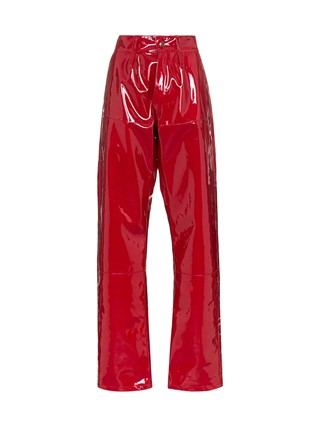

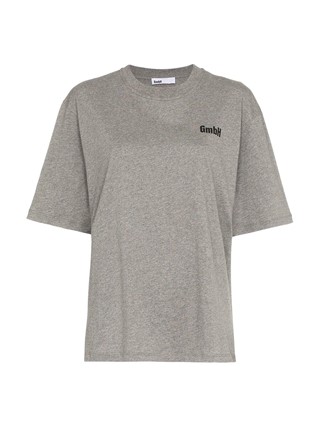
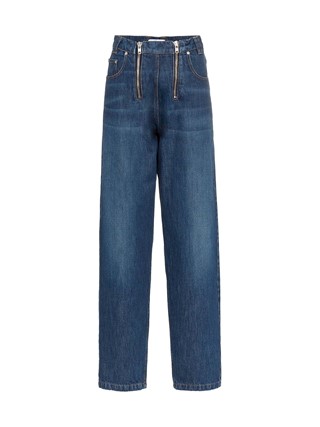
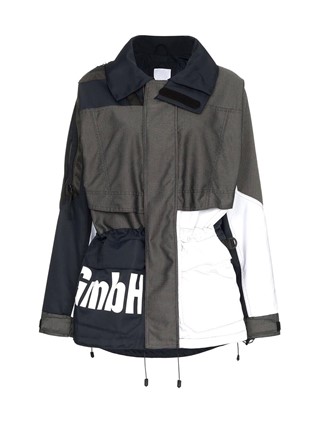
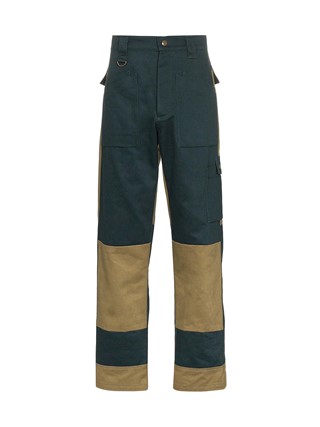
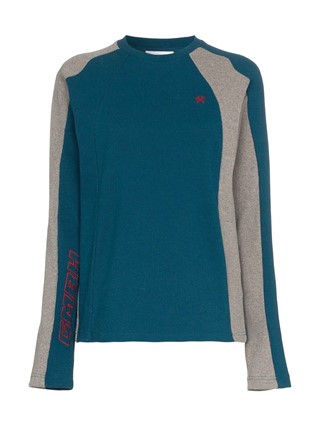
Phipps
After roles at Dries Van Noten and Marc Jacobs, California native Spencer Phipps established his brand Phipps in 2017 with the aim of designing environmentally conscious, desirable clothes at an affordable price point. For the label’s production process, Phipps entrusts bespoke mills and factories to reduce the waste and source local textiles, keeping the manufacturing chain within a short radius.
ELLISS
Born out of Central Saint Martins graduate Elliss Solomon’s desire to creat design-conscious clothes and avoid waste, ELLISS uses natural fabrics like organic cotton, hemp, bamboo, recycled polyester and econyl (a fabric made of regenerated nylon) to create swimwear, fleeces and lingerie. To maintain a low carbon footprint, all ELLISS’ clothes are designed and created in the same building in east London. The label’s latest collection, now available at Selfridges, focuses on the impact of water overconsumption.
Le Kilt
Inspired by its founder Samantha McCoach’s Scottish heritage, Le Kilt aims to reintroduce traditional craftsmanship to contemporary fashion. From a single kilt style, the label’s offering has expanded to outerwear and accessories – all made using small-scale manufacturers from across the UK. Counting collaborations with George Cox and Mackintosh among others, the label has also partnered with slow denim factory Blackhorse Lane Ateliers on a sustainable line of jackets, dresses, jeans and skirts. To avoid overproduction, Le Kilt only holds a limited stock, while most of the garments are made to order.
Phoebe English
Sustainability has long been at the heart of London-based Phoebe English’s designs. Deconstructed shirting, outerwear and intricate dresses made of recycled and discarded fabrics – including cotton and tulle – and garments made using zero-waste pattern cutting took centre stage at her Phoebe English: Inanimate, Animate exhibition during London Fashion Week, where she reinforced the importance of conscious design: “We know the facts. And once you know them you can’t unknow them,” English told AnOther. “The fashion industry as a whole contributes an absolutely huge and blood curdling 8 percent to the total carbon gases that make up global warming.”
Richard Malone
Richard Malone is also among a set of emerging designers tackling the issue of environmental waste head-on: aside from partnering with Italian silk-weaving mill Taroni – which uses chemical-free dyes and is devoted to reducing water waste in its manufacturing process – Malone has always been fascinated by repurposed materials, from tarpaulin and recycled cotton, to the fuzzy dog beds used in his A/W19 collection.

